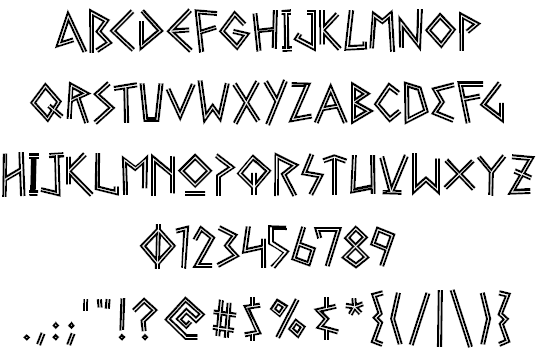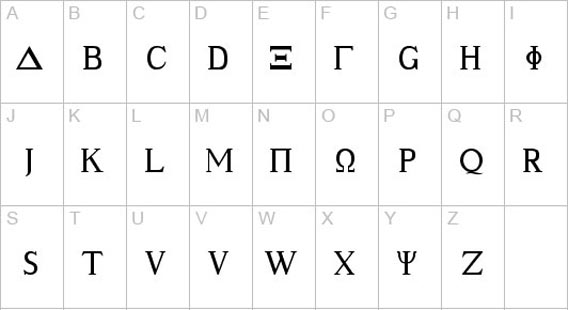
This assessment is based on a number of factors, such as the letters’ distinctive vocabulary and literary style when compared with the seven “genuine” Pauline epistles (Romans, 1 and 2 Corinthians, Galatians, Philippians, 1 Thessalonians, and Philemon).

The greater part of scholarship holds that these six letters were likely written sometime after Paul’s death by a group of Paul’s followers who presumed to write in his name. For some time, scholars have been divided over the status of certain of Paul’s letters, namely Ephesians, Colossians, 2 Thessalonians, and the Pastorals (1 and 2 Timothy and Titus), with the consensus being that these are not genuinely Pauline. The fact that Paul employed scribes is significant because it could help to resolve some of the tension that currently exists in contemporary scholarship over the “genuine” and “pseudonymous” Pauline epistles. Or he could have provided the scribe with a written rough draft that was to be subsequently polished into a final draft to be sent. For example, Paul could have verbally dictated certain letters to a scribe, by either spelling out exactly what he wanted in a given letter or by merely providing the scribe with a general outline to follow. There are a number of possible scenarios for how Paul could have employed scribes given what we know about scribes and how they functioned in letter-writing capacities in antiquity. This insight has potentially far-reaching consequences for the way we ought to understand the processes that went into the writing of Romans and likely Paul’s other letters. This suggests that Paul used a scribe, either lay or professional, to pen this letter. At the end of this letter, we are informed that it was Tertius, not Paul, who actually wrote the main body of the letter, even though Paul claims at the beginning of the letter that he is the one sending it (see Romans 1:1–7). This can be established fairly easily from the reference, cited above, to Romans 16:22. With some of Paul’s epistles, we can be certain that he did not actually sit down with a calamus (reed pen) and charta (parchment sheets) or papyrus and write them out. Rather, it has to do with issues directly related to their original writing and composition.

This is not a matter of pseudonymity, where someone else composed certain epistles and fraudulently passed them off as the Apostle’s, and does not necessarily imply that it is inappropriate to call Paul the “author” of the thirteen epistles bearing his name. While Paul is the sender of these letters, and by implication the author, upon close examination it appears that Paul did not actually write some of these epistles. Of the twenty-seven books that make up the New Testament, thirteen directly bear the name of the Apostle Paul.


 0 kommentar(er)
0 kommentar(er)
